Flying Without Wings: The World’s Fastest Trains
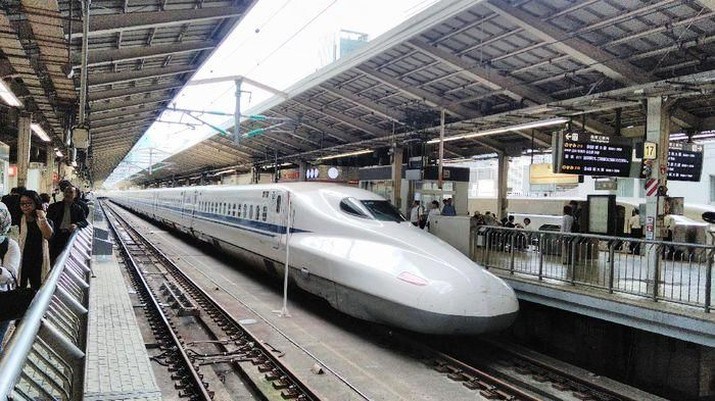
In an age where efficient travel is paramount, high-speed trains have emerged as the fastest and most sustainable alternatives to air travel. Here's a look at the world's leading high-speed rail systems in 2023.
1. Shanghai Maglev - 460 kph (286 mph)
The world’s fastest train, the Shanghai Maglev, uses magnetic levitation to reach a commercial speed of 460 kph. It connects Shanghai’s Pudong airport with the city center, covering 30 kilometers in just 7.5 minutes.
2. CR400 'Fuxing' - 350 kph (217 mph)
China’s CR400 “Fuxing” trains boast a maximum commercial speed of 350 kph and can carry up to 1,200 passengers. Developed from previous high-speed train technology, they feature modern amenities and are currently deployed on key routes like Beijing to Shanghai.
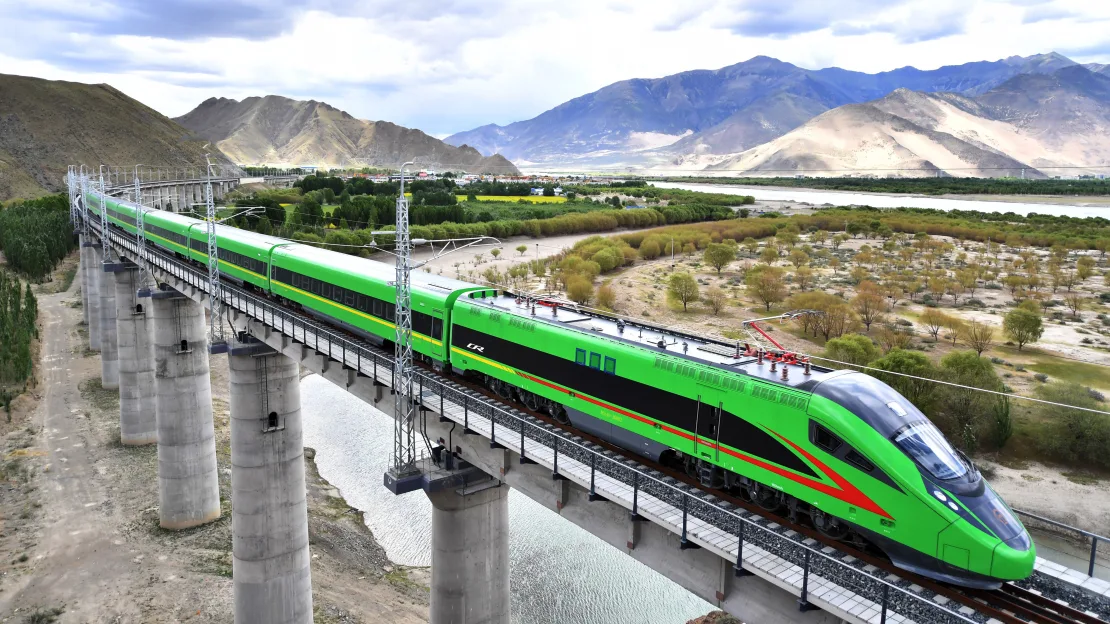
3. ICE3 - 330 kph (205 mph)
Germany’s InterCity Express (ICE) trains are renowned for their speed and efficiency. The ICE3 model operates at a maximum speed of 330 kph, reducing travel time significantly on routes like Cologne to Frankfurt.
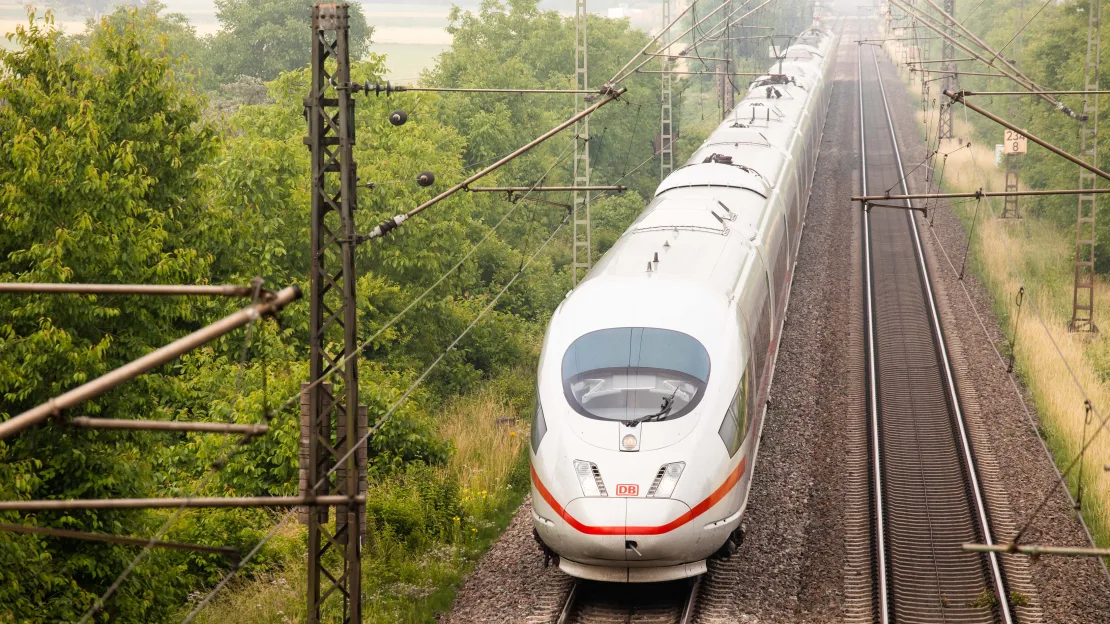
4. TGV - 320 kph (198.5 mph)
France's TGV was a pioneer in high-speed rail. With trains operating at speeds up to 320 kph, it has transformed travel across the country and into neighboring nations, maintaining its status as a world leader in rail technology.
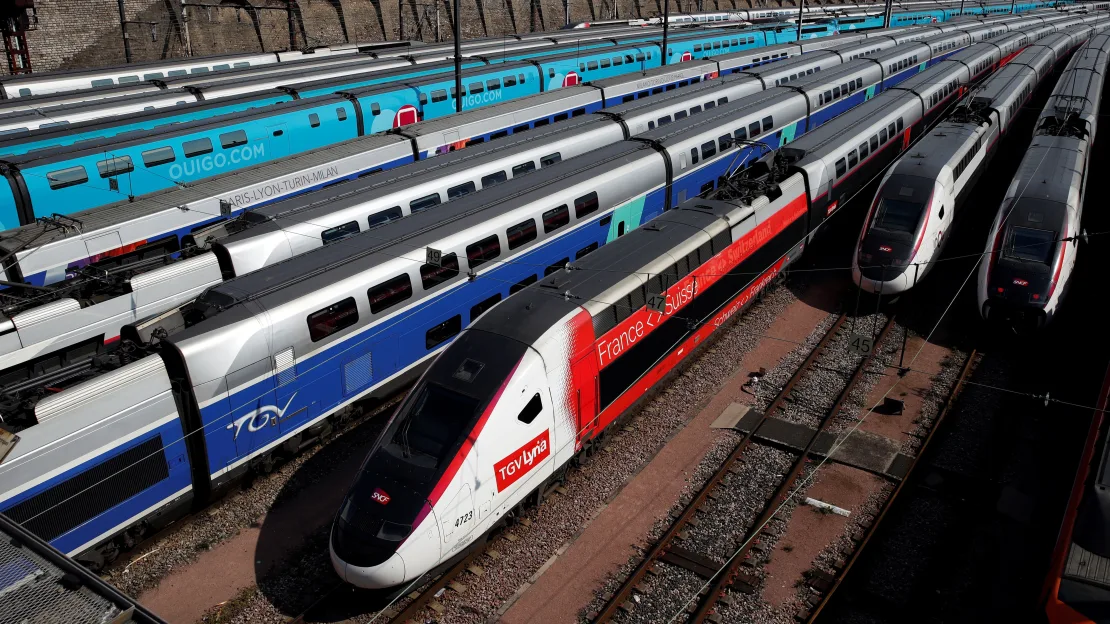
5. JR East E5 - 320 kph (200 mph)
Japan's Shinkansen revolutionized rail travel with its introduction in 1964. The E5 model operates at up to 320 kph, featuring advanced design elements to minimize tunnel sonic booms.
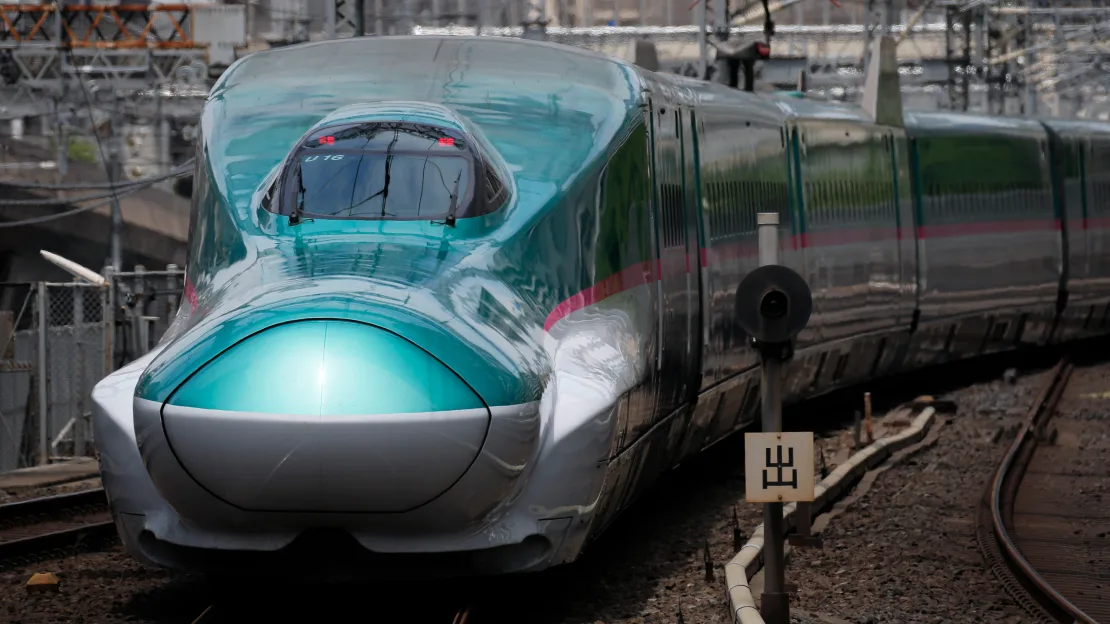
6. Al Boraq - 320 kph (198.5 mph)
Morocco's Al Boraq is Africa’s first high-speed train, linking Tangier and Casablanca. It operates on a new line capable of speeds up to 320 kph, reducing travel time significantly across the region.
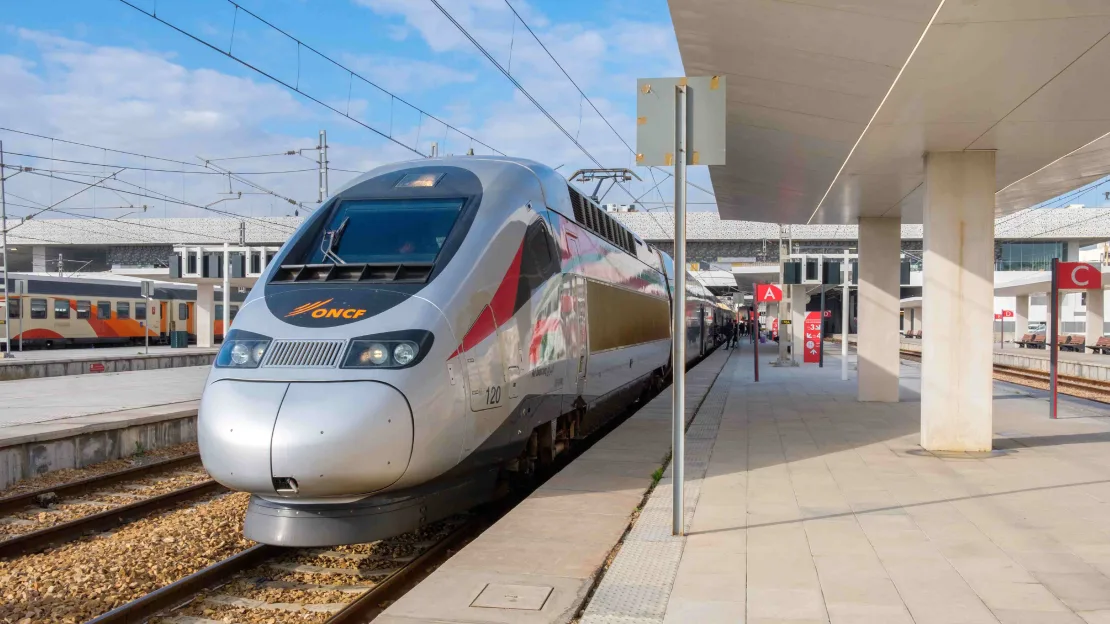
7. AVE S-103 - 310 kph (193 mph)
Spain’s AVE trains, particularly the S-103 model, offer a commercial speed of 310 kph. The network has expanded rapidly, transforming travel dynamics in Spain and neighboring countries.
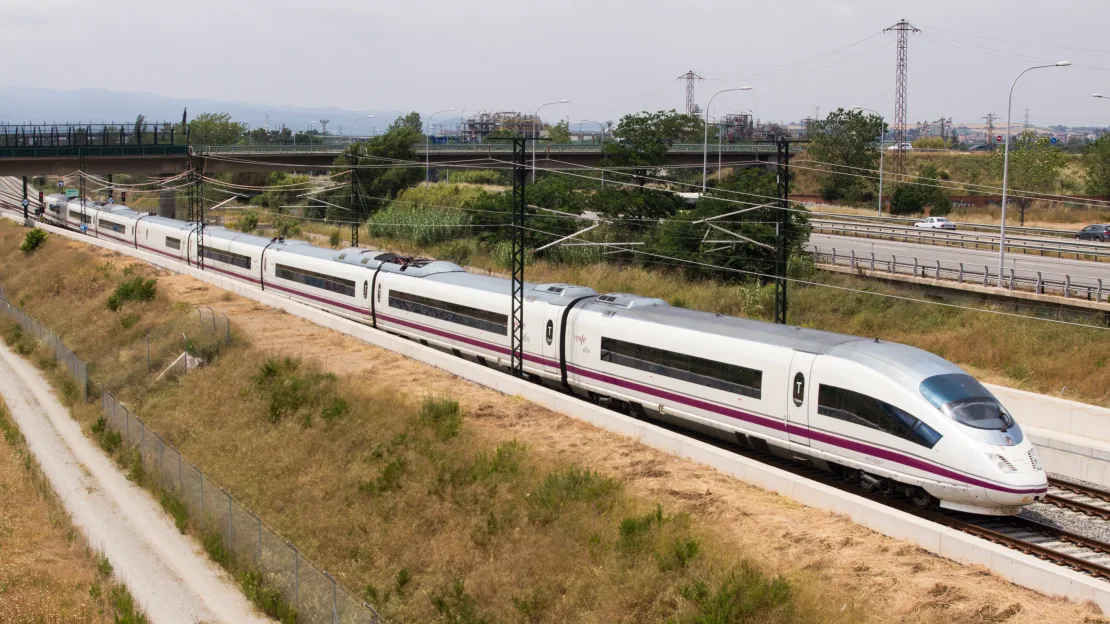
8. KTX - 305 kph (190 mph)
South Korea's KTX trains have halved journey times between major cities. Operating at up to 330 kph, these trains have made high-speed rail a key component of national transportation.
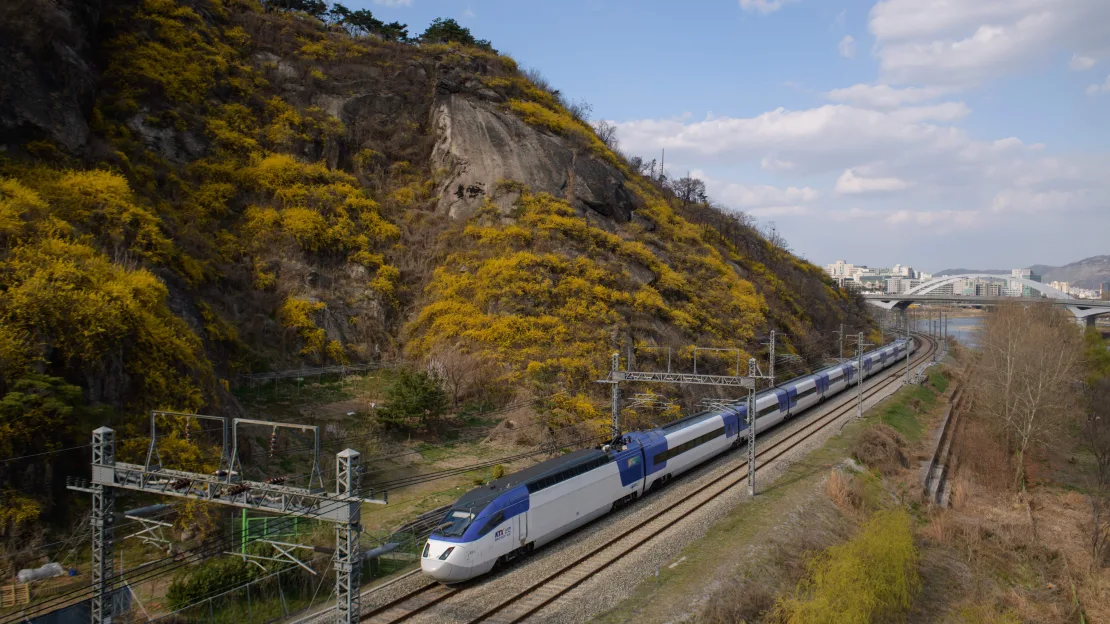
9. Frecciarossa ETR 1000 - 300 kph (186 mph)
Italy's Frecciarossa trains are known for their sleek design and high speed. Although they operate at a maximum speed of 360 kph in testing, they typically reach 300 kph on commercial routes, enhancing connectivity across the country.
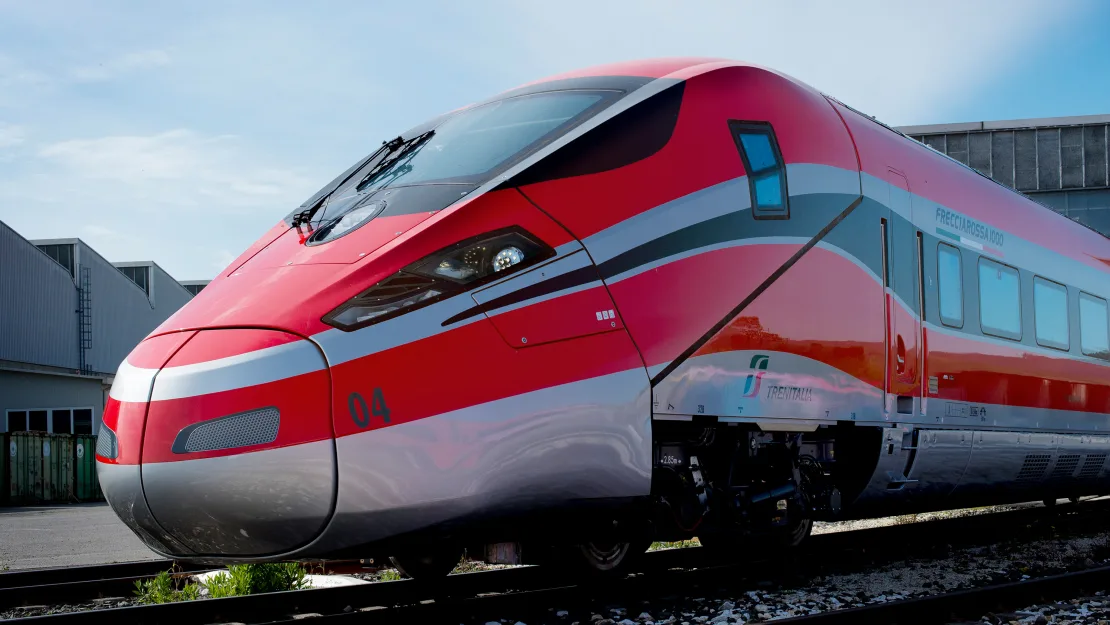
10. Haramain High-Speed Railway - 300 kph (186 mph)
Saudi Arabia’s Haramain Railway connects Mecca and Medina, which was modified to handle desert conditions. Operating at speeds of up to 300 kph, it significantly reduces travel time for millions, especially during the Hajj pilgrimage.
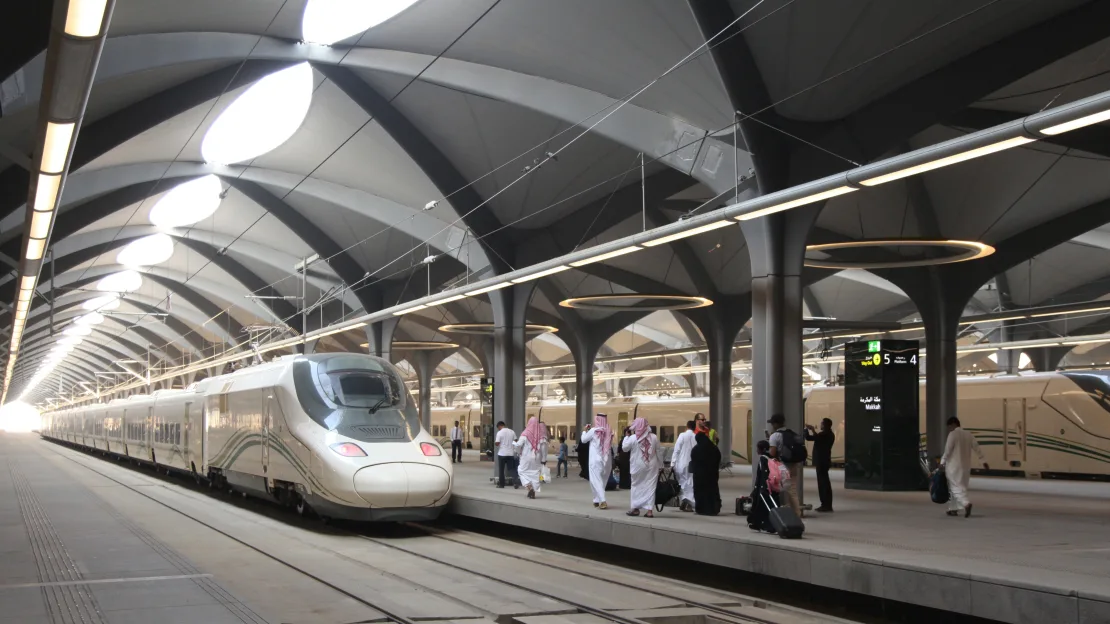
The Future of High-Speed Rail
As climate change pressures increase, high-speed rail presents a viable alternative to short-haul flights. With ongoing investments and expansions in Europe, Asia, and beyond, the future of rail travel looks faster and more efficient than ever.